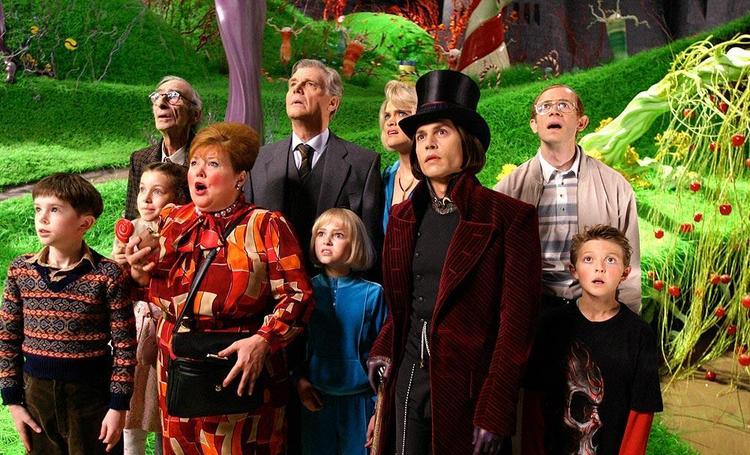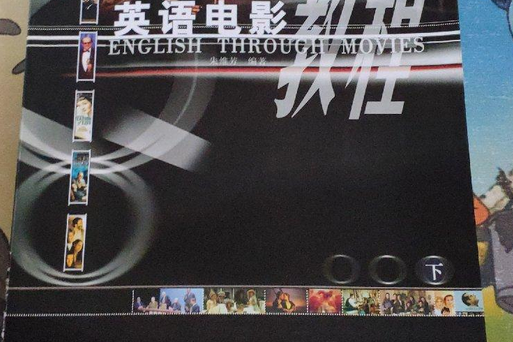Title: The Art of Watching Movies: A Journey Through the Language of Cinema


The Language of Movies: A Tapestry of Vocabulary
Movies are a rich repository of English language expressions, from dialogue to on-screen descriptions, and even the sound design. From classic Hollywood to contemporary blockbusters, every movie offers a unique vocabulary that enriches the spoken and written English language. Let's take a look at some commonly used words and phrases found in films. Firstly, there are numerous words and phrases related to characters and their personalities. For instance, the word "character" itself is often mentioned in contexts like "character development." Additionally, terms like "plot" and "storyline" are essential for understanding the structure of a film. Secondly, dialogue is another crucial element in film language. Words like "dialogue," "conversation," and "interaction" help convey the flow of conversations between characters. The use of idiomatic expressions, such as "break a leg" or "good luck," adds flavor to everyday interactions on screen. Thirdly, there are many technical terms that are specific to filmmaking. These include "sound effects," which add depth to the audiovisual experience; "camera angle," which refers to how the camera is positioned to capture a scene; and "shot," a shorthand for a complete sequence of shots taken during a particular scene or moment. Finally, there are common colloquialisms that are often heard in movies. For example, "hang out" means socializing together after work or school; while "get your groove on" is a popular saying for enjoying yourself. In conclusion, movies are more than mere entertainment; they offer a treasure trove of English language words, phrases, and expressions that enhance our understanding of the English language. By exploring these elements, we can gain a deeper appreciation for the art of storytelling through cinematic means. 推荐阅读》未经允许不得转载:» 有关看电影的英语作文(English essay on watching movies)

 家长点评网
家长点评网











